A new machine learning model shows that star-shaped brain cells may be responsible for the brain’s memory capacity, and someday, it could inspire advances in AI and Alzheimer’s research.
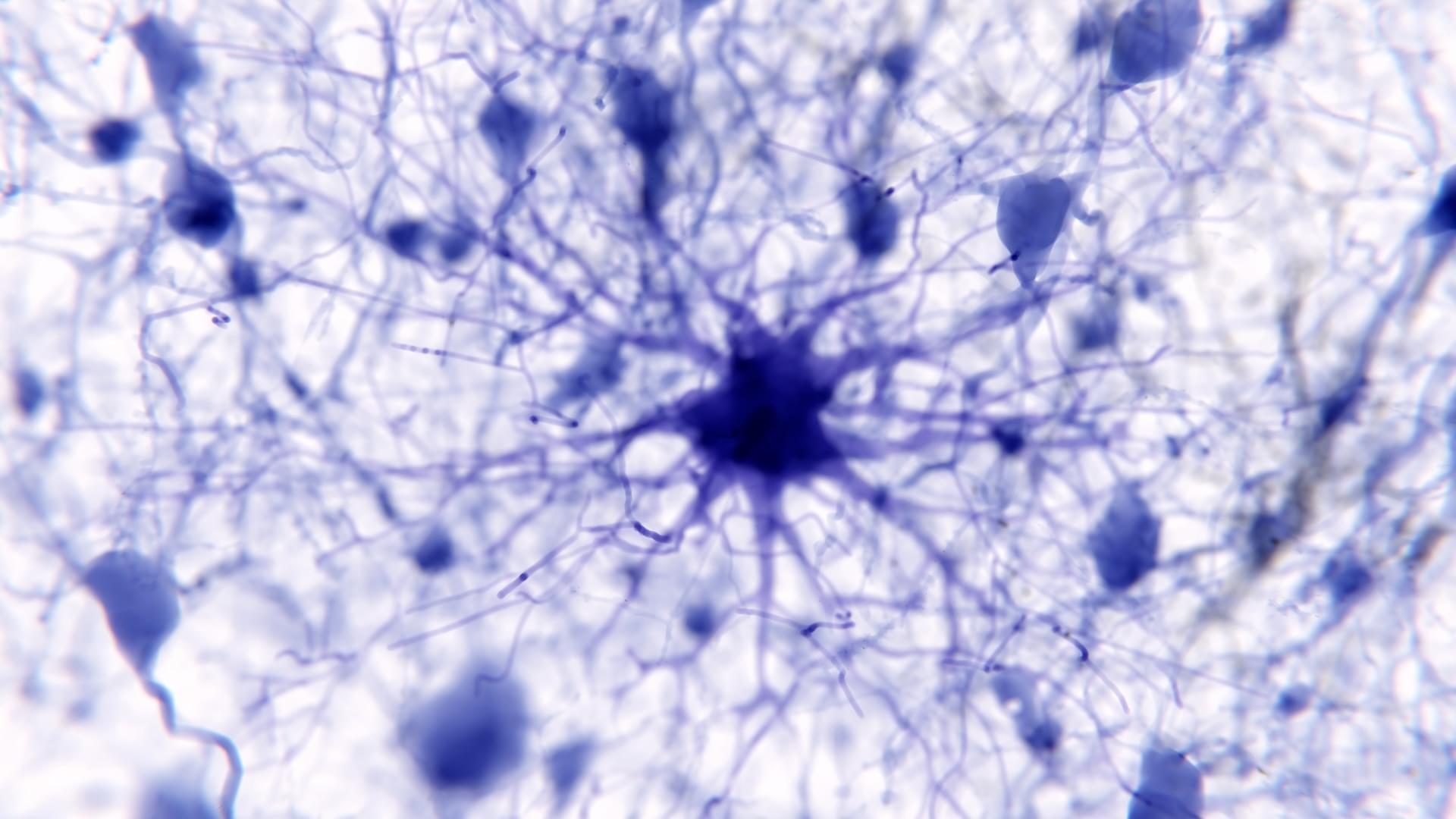

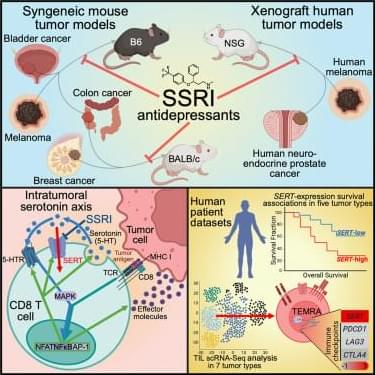
Serotonin signaling and gut-immune crosstalk: the microbiome’s role in antitumor immunity.
“…Serotonin transporter inhibits cytotoxic CD8-positive T lymphocyte antitumor immunity by depleting serotonin within the tumor microenvironment…”
“…Serotonin transporter-blocking selective serotonin reuptake inhibitor antidepressants enhance cytotoxic CD8-positive T lymphocyte antitumor immunity and act synergistically with programmed cell death protein 1 immune checkpoint blockade therapy…”
To this end, here…
“…Tumor-infiltrating cytotoxic CD8-positive T lymphocytes were identified as the primary producers and mediators of a local, immunomodulatory serotonin signaling pathway independent of the gastrointestinal tract…”
“…Upon recognition of tumor antigens, tumor-infiltrating cytotoxic CD8-positive T lymphocytes upregulate tryptophan hydroxylase 1, which synthesizes serotonin followed by its release into the tumor microenvironment to enhance T lymphocyte activation via serotonin signaling…”
In short…
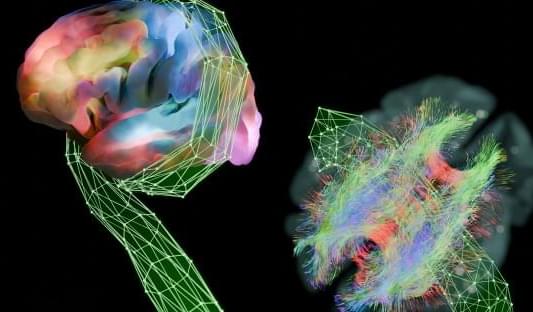
Using an algorithm they call the Krakencoder, researchers at Weill Cornell Medicine are a step closer to unraveling how the brain’s wiring supports the way we think and act. The study, published June 5 in Nature Methods, used imaging data from the Human Connectome Project to align neural activity with its underlying circuitry.
Mapping how the brain’s anatomical connections and activity patterns relate to behavior is crucial not only for understanding how the brain works generally but also for identifying biomarkers of disease, predicting outcomes in neurological disorders and designing personalized interventions.
The brain consists of a complex network of interconnected neurons whose collective activity drives our behavior. The structural connectome represents the physical wiring of the brain, the map of how different regions are anatomically connected.

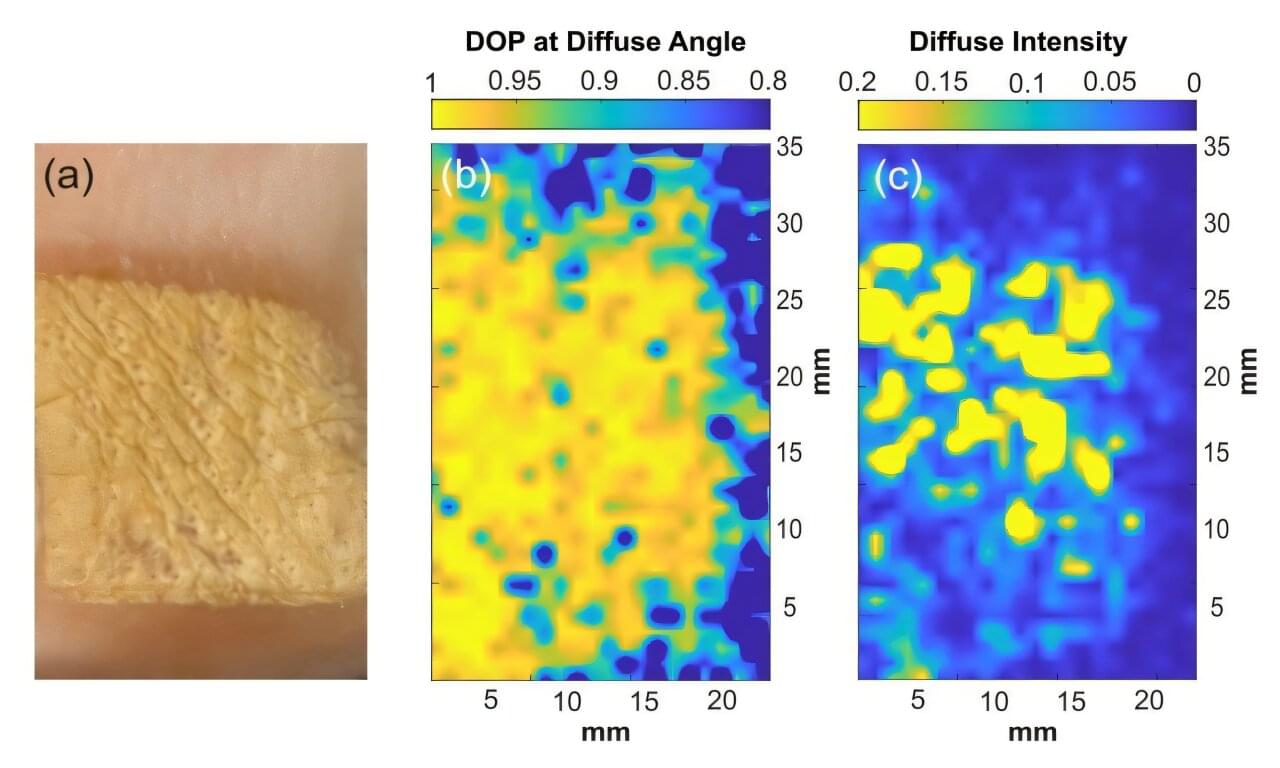
Recent advances in electronics and optics have opened new possibilities for terahertz (THz) waves—an invisible type of light that falls between infrared light and microwaves on the spectrum. The use of THz scattering for medical diagnosis is a promising frontier in this field, as THz waves can probe tissue structures in ways that traditional imaging methods cannot. Emerging THz measurement methods have the potential to detect subtle changes in tissue architecture that occur in diseases like cancer and burn injuries, serving as a powerful diagnostic tool.
However, existing THz imaging techniques face significant limitations for medical applications. Most existing approaches rely primarily on water content differences between healthy and diseased tissue as their main source of diagnostic contrast—an approach that proves overly simplistic for complex disease conditions.
Moreover, while polarization measurements of reflected THz waves seem to be valuable for tissue diagnosis, the underlying mechanisms that create different polarization responses in tissues remain poorly understood. This gap in understanding underscores a need for computational models capable of explaining and predicting the phenomena that researchers have observed experimentally.

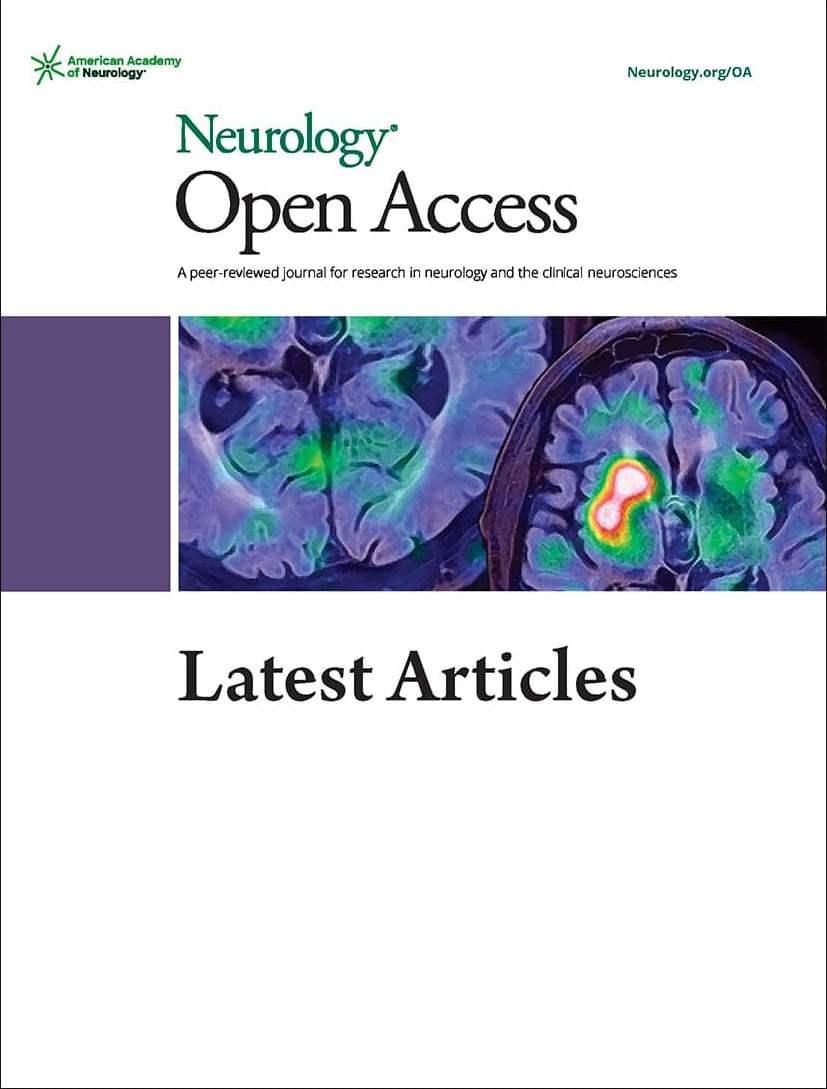
This study investigated neurodegeneration in MOGAD, independent of relapses, by comparing clinical, cognitive, and advanced MRI markers in MOGAD, relapsing-remitting MS, and healthy control.
Progression independent of relapse activity (PIRA) is a novel clinical concept in multiple sclerosis (MS) that describes an insidious, persistent disability accrual not related to attacks,1 occurring not only in progressive MS phenotypes but also in the early disease and relapsing-remitting phases (RRMS).1,2 PIRA seems to reflect the presence of chronic smoldering inflammation and subsequent neurodegenerative pathobiological processes in MS.2,3 Cognitive decline independent of relapse activity (cognitive PIRA) can be a sensitive measure of neurodegeneration in MS, even independent of clinical worsening,4,5 and in other neurodegenerative conditions.6,7 Longitudinal structural MRI (sMRI) brain volume loss, measured using MRI scans at different intervals, is a marker of progressive neuroaxonal loss and atrophy and has been used to assess treatment efficacy in MS.8–11 White matter atrophy involves myelin and axonal loss, often caused by Wallerian degeneration. Gray matter atrophy is widespread, affecting areas such as the neocortex, thalamus, hippocampus, and cerebellum, and is mainly due to neuroaxonal loss and neuronal shrinkage rather than demyelination.12–14
Diffusion-weighted imaging (dMRI) is an advanced MRI approach allowing the evaluation of the microstructural brain tissue damage. Neurite orientation dispersion and density imaging (NODDI) is a water-diffusion model, which can interpret changes within one of the three compartments: intra-axonal (neurite density index—NDI), extraneurite (ODI), and free water (isotropic volume fraction—ISOVF).15 The histopathologic validation studies on the NODDI model have shown significant correlations between the ODI and circular variance, a marker of neurite orientation variability, as well as between ODI and myelin staining fraction in MS samples.16 Negative correlations were observed between the NDI and circular variance in healthy controls (HCs) and positive correlations between NDI and markers of myelin, axon, and microglia content.


